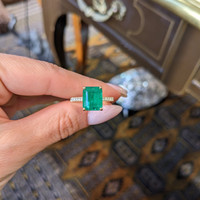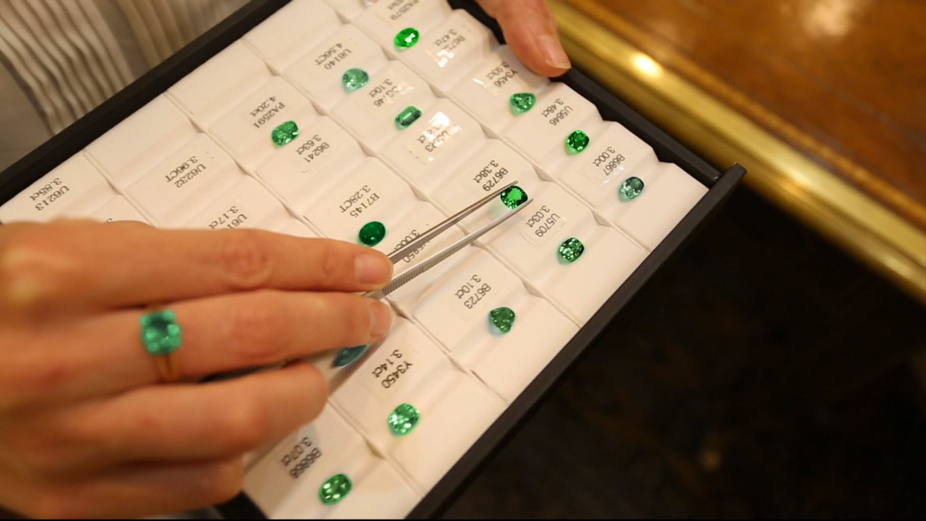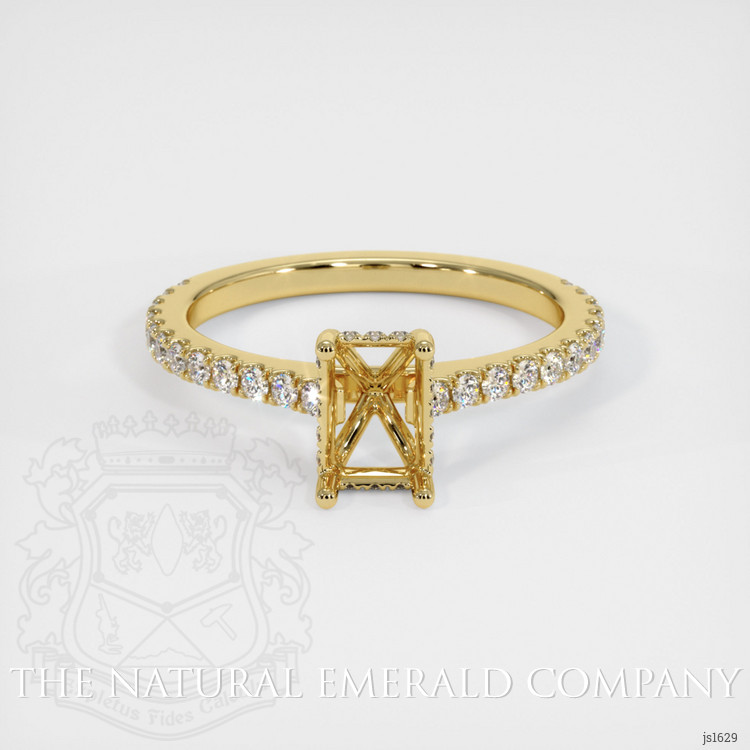1
Choose your setting
2
Choose your emerald
3
Review Your design






18K Yellow Gold Pave Ring Setting
Production Time: from 21 to 35 Days
Rush service may be available upon request
Item ID: JS1629
Free shipping
Price Calculated During Next Step
Quality, Value & Heart
100% Natural Emeralds
Free Shipping - Worldwide
14 Day No Hassle Return Policy
Supports Local Charities
Custom Designs Created With This Setting
Filter by
Loading data. Please wait...
Watch our process


Other Rings You May Like
Education About Emeralds
To truly appreciate and understand the beauty and wonder of an emerald, visit our education section where we explore the vast and fascinating world of emeralds!




